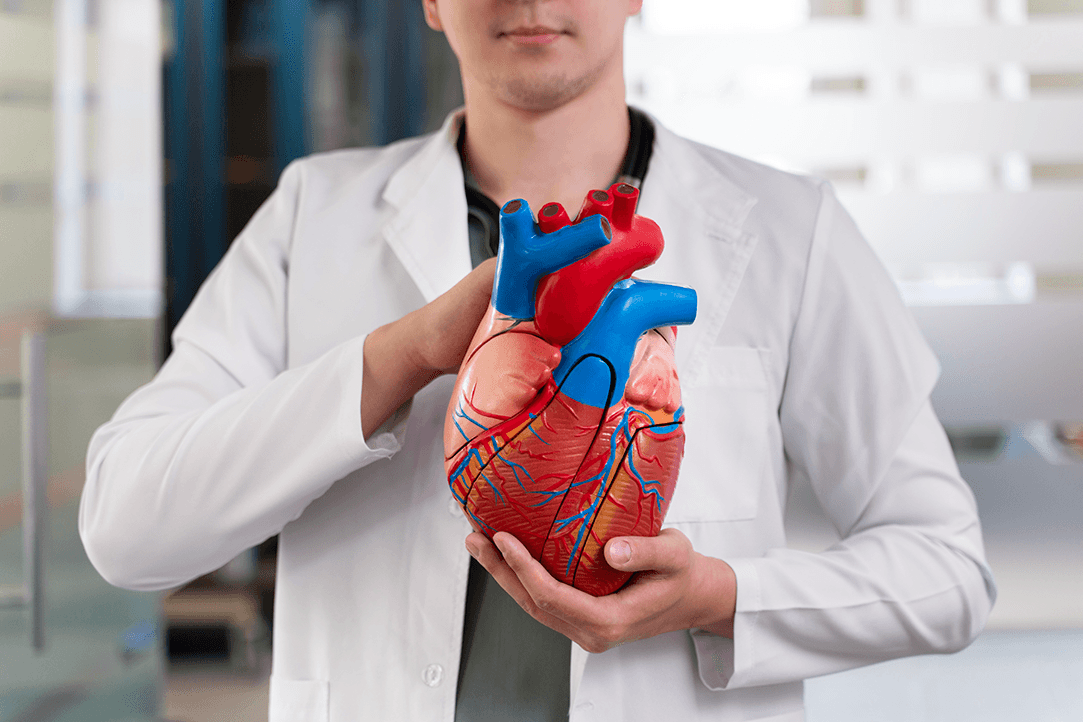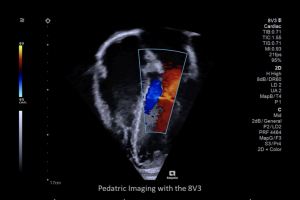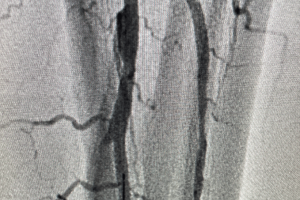The heart never takes a break. The heart is a strong muscle that never stops exercising, not for a minute. Every minute it needs blood, nourishment and oxygen. At Amarillo Heart Institute, we understand the importance of keeping your heart healthy and functioning at its best. We believe that a healthy heart is the foundation of a healthy life, and our goal is to provide you with all you need to achieve optimal heart health, a happier heart.
Cardiac Tumor
Cardiac tumors are abnormal growths that develop in the heart or the surrounding tissues. They can be classified as either primary tumors, which originate in the heart, or secondary tumors, which originate elsewhere in the body and then spread to the heart. Cardiac tumors are relatively rare, accounting for less than 1% of all cardiac diseases.
Primary cardiac tumors are further classified as benign or malignant. Benign tumors are non-cancerous and do not spread to other parts of the body. The most common types of benign cardiac tumors are myxomas, which are usually found in the left atrium of the heart. Malignant tumors, on the other hand, are cancerous and can spread to other parts of the body. The most common malignant cardiac tumor is angiosarcoma, which is a rare and aggressive cancer that usually originates in the right atrium.
The symptoms of cardiac tumors can vary depending on their location and size. Some common symptoms include shortness of breath, chest pain, irregular heartbeat, and fatigue. However, many patients with cardiac tumors are asymptomatic, and the tumors are often discovered incidentally during diagnostic testing for other conditions.

Image by Freepik
How to diagnose Cardiac Tumors
There are several methods used to diagnose cardiac tumors, and the specific approach may depend on the type and location of the tumor. Here are some of the most common diagnostic methods:
Echocardiography: This is a non-invasive imaging test that uses sound waves to create images of the heart. It can be used to detect the presence of a tumor, as well as to evaluate its size, location, and other characteristics.
Computed tomography (CT) scan: This is a type of imaging test that uses X-rays and computer technology to create detailed images of the heart and surrounding tissues. It can help to identify the location and size of a cardiac tumor, as well as to determine whether it has spread to other parts of the body.
Magnetic resonance imaging (MRI): This is another type of imaging test that uses magnetic fields and radio waves to create detailed images of the heart and surrounding tissues. It can help to identify the location and size of a cardiac tumor, as well as to determine whether it has spread to other parts of the body.
Biopsy: This is a procedure in which a small sample of tissue is removed from the heart and examined under a microscope to determine whether it is cancerous. Cardiac biopsy is usually performed using a catheter that is inserted into a blood vessel in the arm or leg and guided to the heart.
- Positron emission tomography (PET) scan: This is a type of imaging test that uses a radioactive tracer to detect cancerous cells. It can be used to determine whether a cardiac tumor is malignant or benign, as well as to evaluate whether it has spread to other parts of the body.
Once a cardiac tumor has been diagnosed, further tests may be needed to determine the best treatment approach. Treatment options for cardiac tumors depend on the type and location of the tumor, as well as the patient’s overall health and other factors.
How to TREAT Cardiac Tumors
The treatment of a cardiac tumor depends on several factors, such as the type and location of the tumor, its size, whether it is benign or malignant, and the patient’s overall health. Here are some of the treatment options for cardiac tumors:
-
Surgery: Surgical removal of the tumor is often the preferred treatment for primary tumors that are benign or localized. In some cases, it may also be possible to remove malignant tumors with surgery, depending on the location and size of the tumor.
-
Chemotherapy: Chemotherapy is a treatment that uses drugs to kill cancer cells. It may be used to treat malignant cardiac tumors that cannot be removed with surgery or that have spread to other parts of the body.
-
Radiation therapy: Radiation therapy uses high-energy radiation to kill cancer cells. It may be used to treat malignant tumors that cannot be removed with surgery or that have spread to other parts of the body.
-
Targeted therapy: Targeted therapy is a type of treatment that uses drugs or other substances to target specific molecules or proteins that are involved in the growth and spread of cancer cells. It may be used to treat certain types of cardiac tumors.
-
Supportive care: In some cases, supportive care may be the best option for patients with advanced or metastatic cardiac tumors. This may include treatments to manage symptoms such as pain, shortness of breath, and fatigue, as well as counseling and support to help patients and their families cope with the emotional and psychological challenges of the illness.
The choice of treatment will depend on the specific situation and the individual patient’s needs and preferences. A multidisciplinary team of healthcare providers, including cardiologists, oncologists, and surgeons, will work together to develop a treatment plan that is tailored to the patient’s unique circumstances.










